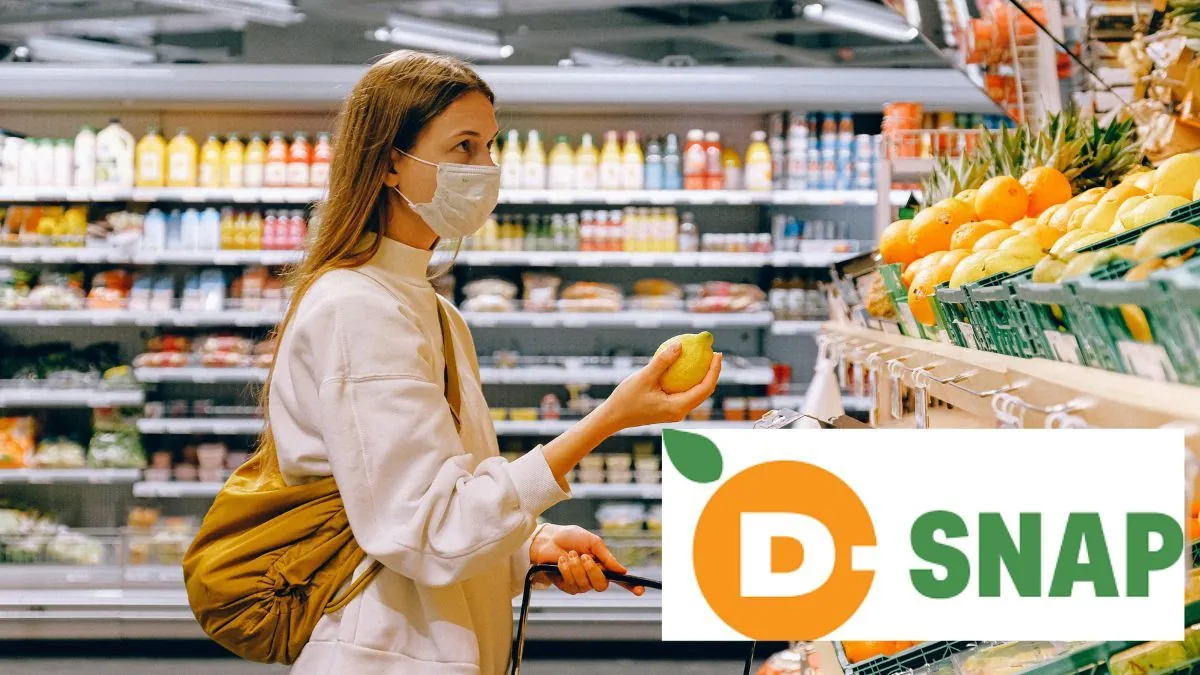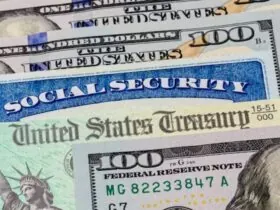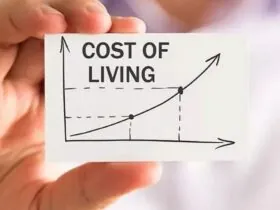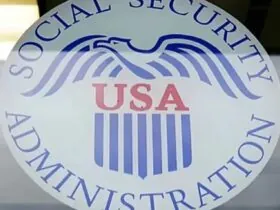In the wake of devastating hurricanes like Helene and Milton, families across southwest Florida faced widespread challenges. Many homes were left without power, leading to spoiled food and dwindling supplies. For those struggling, help came through the Disaster Supplemental Nutrition Assistance Program (D-SNAP). This program offered vital assistance to individuals and families impacted by the disasters, helping them recover from food loss and other storm-related damages.
What is D-SNAP?
This Article Includes [hide]
The Disaster Supplemental Nutrition Assistance Program (D-SNAP) is a temporary assistance program designed to help families affected by disasters. It provides food benefits to eligible households to replace lost food and ease the burden of recovery in the aftermath of events like hurricanes, floods, and wildfires. In Florida, D-SNAP became a crucial lifeline for many during the hurricane season.
Florida’s Efforts to Assist Families Affected by Hurricanes Helene and Milton
According to Shevaun Harris, the Secretary of the Department of Children and Families, significant efforts were made to offer resources and support to residents impacted by hurricanes Helene and Milton. These storms brought significant challenges, including widespread power outages and property damage. In response, the state of Florida worked diligently to offer funding to help families replace food that was lost due to power outages or storm damage.
“We are pleased to continue offering both a telephone and in-person application process to ensure people have multiple options to apply,” Harris said. This flexible approach ensured that families had easy access to the assistance they needed during a stressful time.
Eligibility Criteria for D-SNAP
While the D-SNAP program offers crucial support, there are specific eligibility requirements that applicants must meet to qualify. Here’s what families need to know:
1. No Regular Food Assistance:
Applicants must not already be receiving regular Supplemental Nutrition Assistance Program (SNAP) benefits. D-SNAP is designed for those who do not have ongoing assistance but need help due to a disaster.
2. Disaster-Declared Area:
Individuals must reside in a county that was declared a disaster area following the hurricanes. For those affected by hurricanes Helene and Milton, the program was available in specific counties impacted by the storms.
3. Disaster-Related Losses:
To qualify for assistance, applicants must have experienced some form of disaster-related loss, such as:
- Loss of food: Spoiled food due to power outages or damage.
- Damage to homes or property: Destruction to homes or businesses, particularly for self-employed individuals.
- Reduction or loss of income: Job loss or income reduction due to the disaster.
- Other disaster-related expenses: Any additional financial burden caused by the storm.
How to Apply for D-SNAP Assistance
Florida residents impacted by hurricanes Helene and Milton could apply for D-SNAP through multiple channels, making it easier for everyone to access help. The application process was available both by phone and in person. This flexibility allowed individuals with varying access to technology or transportation to apply.
Conclusion
The D-SNAP program plays a vital role in helping families recover from the immediate aftermath of a disaster, providing essential food assistance to those who need it most. Through the dedication of Florida’s Department of Children and Families and the support of the state, many families who suffered loss due to hurricanes Helene and Milton were able to get the help they needed. By understanding the eligibility requirements and the application process, individuals affected by natural disasters can take advantage of this critical resource to regain stability in the aftermath of a crisis.







Leave a Reply